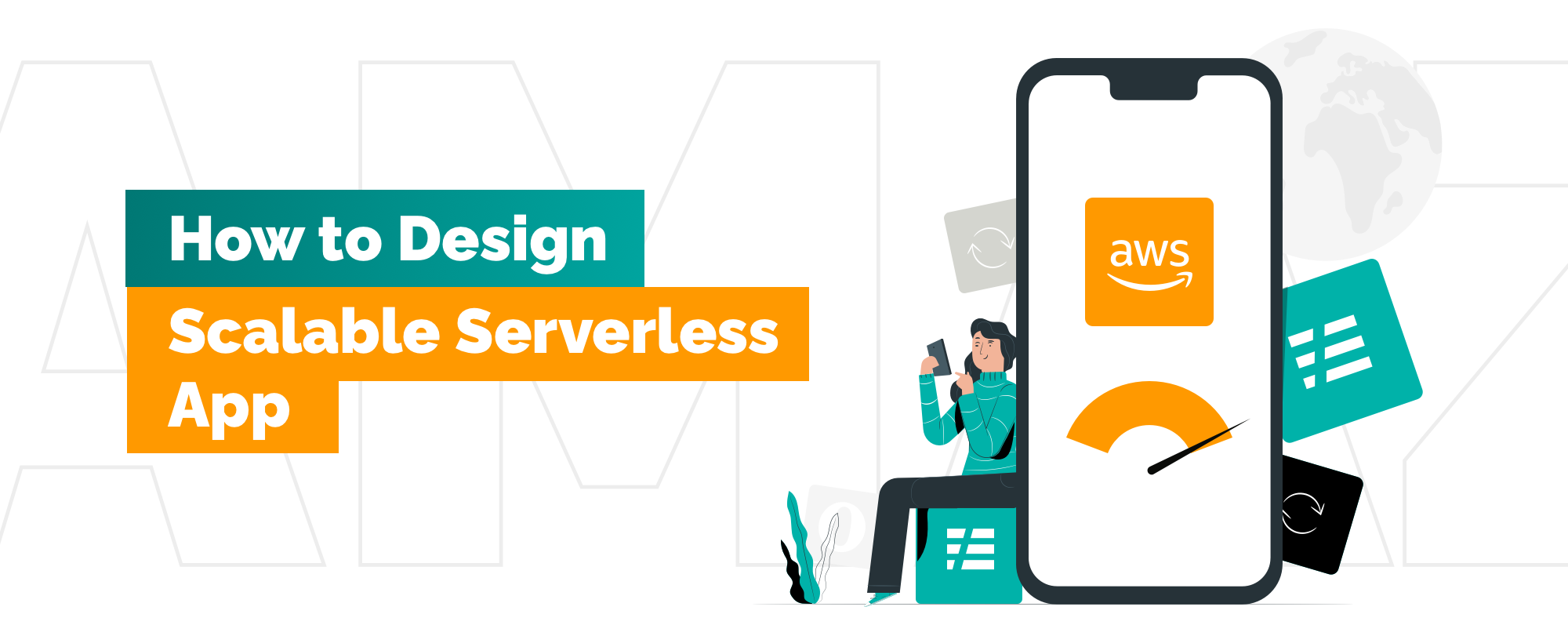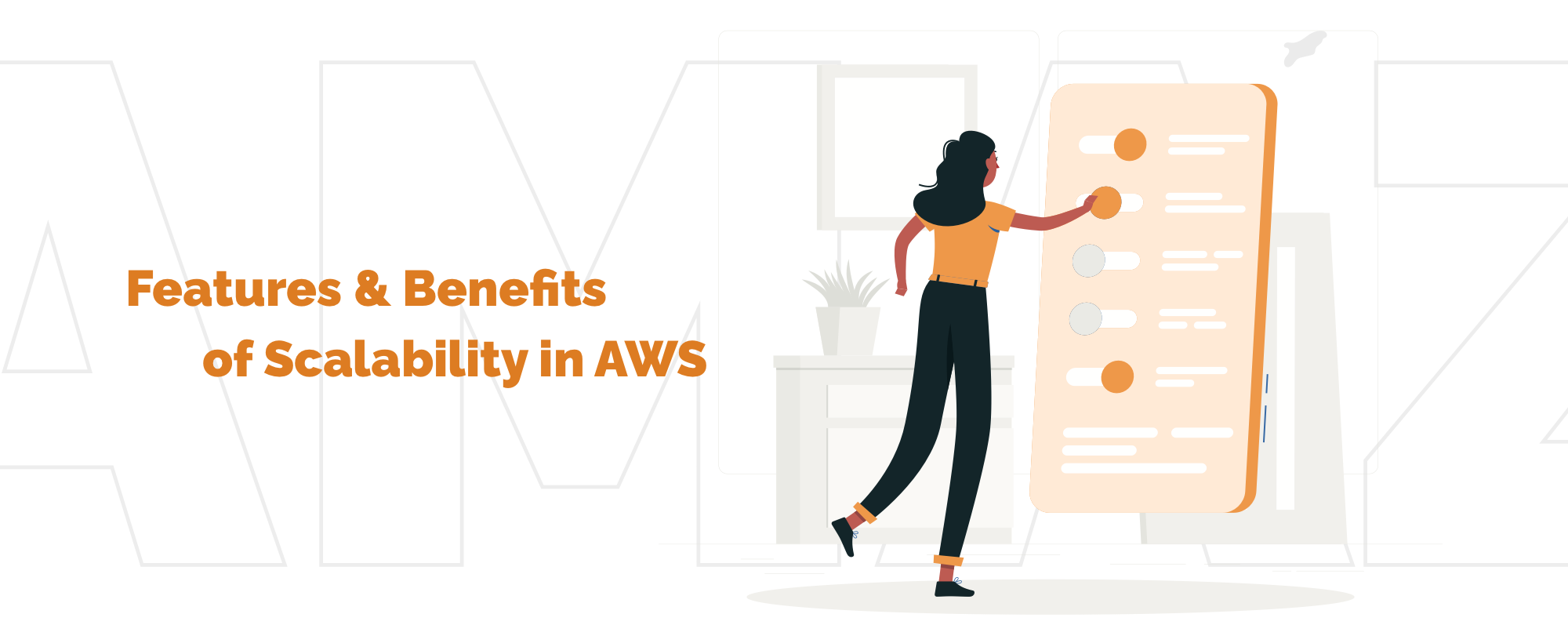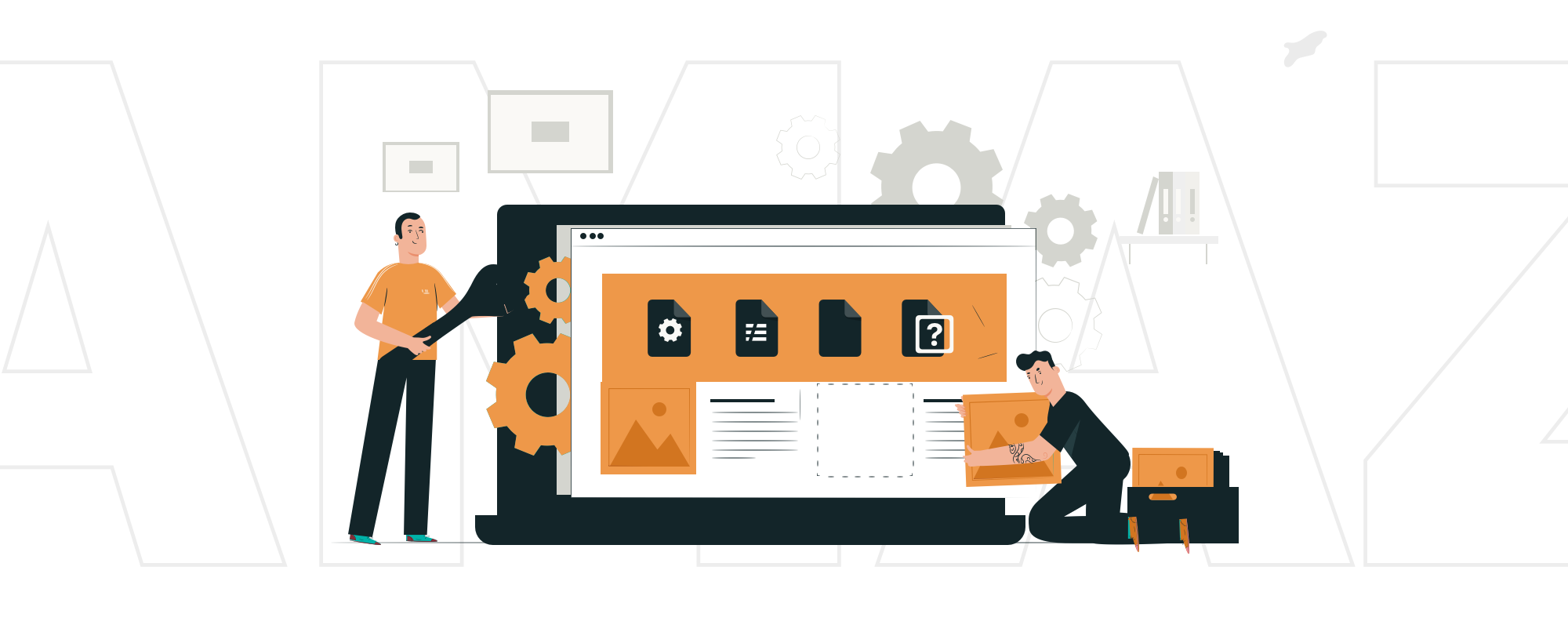How to Design a Scalable Serverless Application on AWS?

Web Expert at Techmagic, full-stack developer, coach and speaker. Passionate about JavaScript, Cloud Computing and Serverless.

How do you build an app while ensuring AWS scalability? ✓ Explore the benefits of Lambda AWS and create robust scalable applications.
A majority of companies prefer to focus their resources on other things rather than on scalability, which causes massive problems in the future, especially once they grow to one million users. The objective of building a robust serverless application is to succeed in making it scalable and powerful at the same time.
What is AWS scalability? What are the main benefits of scalability in AWS, and why is it essential for your project architecture? Keep reading to find out the answers and essential perks AWS has to offer your business.
What is a Scalable Application?
A scalable application is an application that can adjust to the rising number of requests without a loss in performance. Auto-scaling instances are supposed to handle traffic fluctuation regardless of the number of users and requests. The unnecessary resources should be eliminated, and the required ones should be triggered following the demand.
What is Scalability in AWS?
The tricky part is always establishing the number of instances needed to maintain good performance. However, Amazon Auto Scaling solves the problem by automatically keeping the currently important instances active and removing the ones that are no longer needed. You can anchor the minimum and the maximum number of your instance pool, so the service scales within your limits. Not only is this approach effective, but it also saves you a small fortune on your AWS bill.
Features & Benefits of Scalability in AWS

AWS scalability features provide a ton of benefits, which makes Amazon Web Services a current leader in the market.
Project Architecture Implementation
Frontend
Frontend architecture incorporates a set of tools that focus on user interface and user interactions with computing software. The main objective is to enhance user experience and to mediate between web designers and backend developers successfully.
Three main parts constitute frontend architecture:
- Software
In order to enable a user to interact with cloud computing software, frontend engineers build frontend software. This could mean a client-side application or a web browser that a user can see, browse through, and communicate with.
- User interface
When customers wish to perform a particular task on your application or website, they interact with the user interface (UI). Buttons, text editors, chatbots, and many more are parts of the user interface developed by frontend programmers. In other words, UI incorporates everything that a client can see on the web page or app and gain user experience.
- Client device/network
The client’s device or network implies the end-user side, specifically, the user’s hardware – a PC, a smartphone, a tablet, etc. What does the client’s device have to do with frontend cloud architecture? Frontend developers aim to shift the processing part from the user’s devices to the cloud. In such a way, clients don’t need to have a very powerful device since the heavy tasks will be performed in the cloud.

Backend
The backend architecture is the ‘behind-the-scenes’ part of software development. Its purpose is to power the frontend and take care of the performance of the application or the website. Backend architecture revolves around the storage and the hardware that usually reside in a remote server location.
Most businesses embrace the serverless architecture where a third-party vendor maintains the infrastructure. One of the most renowned cloud providers is AWS that ensures robust back-end management. Backend architecture includes the following elements:
- Application
The backend application refers to the client’s requests. It is an application that runs on the server and receives requests from users, accesses the database for relevant information, and returns the required data to the user.
- Service
The service performs the tasks that run on the computing system. Being the most important part of the system, they revolve around storage, application development, and web services.
- Cloud runtime
Cloud runtime enables services to run through the virtue of virtualization. It’s a technology that allows a multitude of runtimes to coexist on one server. Virtualization software, aka Hypervisor, is a tool to create runtimes acting as a base for the service upon which it can be built. Common hypervisors are Oracle VM for x86, Oracle Virtual Box, and VMWare Fusion.
- Storage
Storage is a container for operational data of cloud software. There are different types of storage, depending on the provider. Cloud backend architecture consists of the hard drives in server bays, which are then separated according to the operating system’s requirements to execute services.
- Infrastructure
Infrastructure drives all the various cloud software services such as CPU (Central Processing Unit), GPU (Graphics Processing Unit), motherboard, etc. Infrastructure depends on the size of your organization; for example, CPUs with low power will suffice for a small business, whereas a large company needs advanced technology to perform complex tasks, like AI.
Interested to learn more about TechMagic?
Contact usDatabase
Databases represent units where the relevant data can be stored. There are two main reasons to use databases for the application backend:
- To lessen the burden of data storage on the server CPU;
- To restore data in case of a server crash or power cut.
Databases are stored and managed on database servers that provide data only to authorized users to ensure the utmost security.
Databases remotely interact with clients by allowing them to access certain data that resides in the database as well as by adding new requests to the database. There are two types of databases — SQL and NoSQL.
SQL database
SQL databases, or relational databases, are great for storing a large number of relationships. This is why they are perfect for social networking applications, stock trading, and online banking. Why so?
- Data consistency. An application that has to analyze a lot of numbers and sums and carry out transactions, ACID (four key properties of a transaction: atomicity, consistency, isolation, and durability) can take great advantage of data consistency. SQL databases embrace the ACID concept and perfectly augment your application.
- Storing relationships. Relational databases are great for relationship storage, which has been utilized by every social media platform, including Facebook. If your application needs to store a multitude of various relationships and connections, like friends from the same home country, the pages your friends liked the most, or endless friend suggestions, an SQL database is your choice.
Popular relational databases are MySQL, Microsoft SQL Server, PostgreSQL, MariaDB, Amazon RDS.
NoSQL database
NoSQL databases or non-relational databases offer a range of different types of data, with the exception of numbers. In other words, the NoSQL database can store everything else that an SQL database cannot.
- Read-write operations. NoSQL databases are used for handling a significant amount of data and read-write operations. These types of databases are built for quick and easy scaling. They provide minimal latency while ensuring processing amid high traffic and making adjustments on the go.
- Running data analytics. Big amounts of data require in-depth and consistent data analytics, which a non-relational database can provide. Due to its scalability, even huge data flows can be handled and analyzed with the help of a NoSQL database.
Popular NoSQL databases include MongoDB, Redis, Cassandra, HBase.
Security
Systems tend to fail, which means they need some extra protection to detect errors and fix them as soon as possible. Further, the architecture should facilitate the continuity of critical tasks and ensure their execution. This can be achieved by regular backups as well as virtual duplication of the system and its main parts. Potential cyberattacks can also lead to data losses, which can be prevented by virtual firewalls. Besides cyberattacks, the system can fail due to a hardware malfunction.
All these services collectively are supposed to enhance user experience and provide smooth execution of the system’s functionalities.
Interested to learn more about our AWS expertise?
Learn moreConclusion
TechMagic is a web development company with a strong focus on AWS and serverless computing. We ensure scalability through automatic AWS Lambda scalability, cost-effectiveness due to the AWS pricing model whereby you pay only for the instances you use and spare you DevOps by removing the infrastructure administration burden.
Being a certified partner of AWS Serverless consulting and having successfully deployed many projects using AWS scalability concepts, we are ready to share our expertise and help you build a highly scalable and secure application. On top of that, going serverless is a perfect move for a startup company. With our years-long experience and your exciting startup idea, we will build and launch your product very quickly and affordably. Contact us to share your idea!



 Software Development
Software Development
 Security Services
Security Services
 Cloud Services
Cloud Services
 Other Services
Other Services
















 TechMagic Academy
TechMagic Academy
 linkedin
linkedin
 facebook
facebook
 twitter
twitter






















